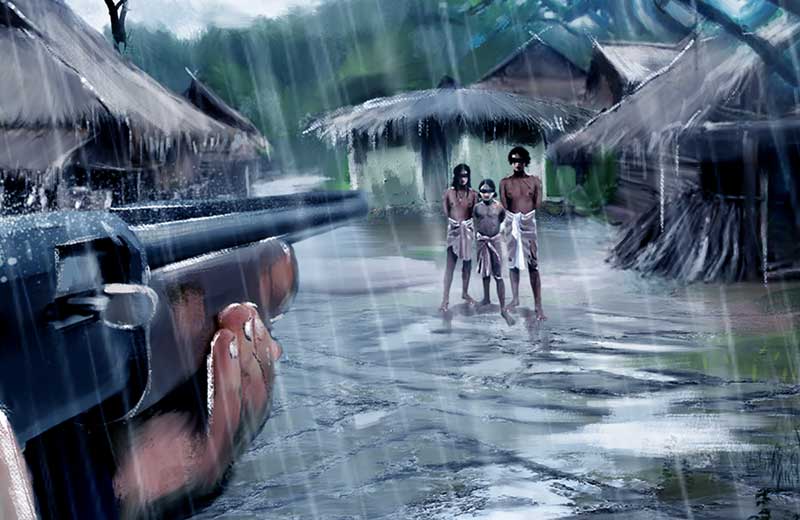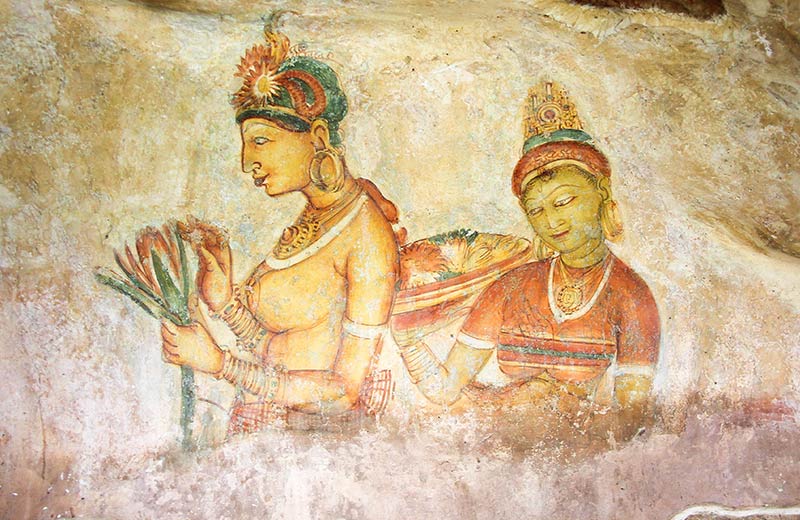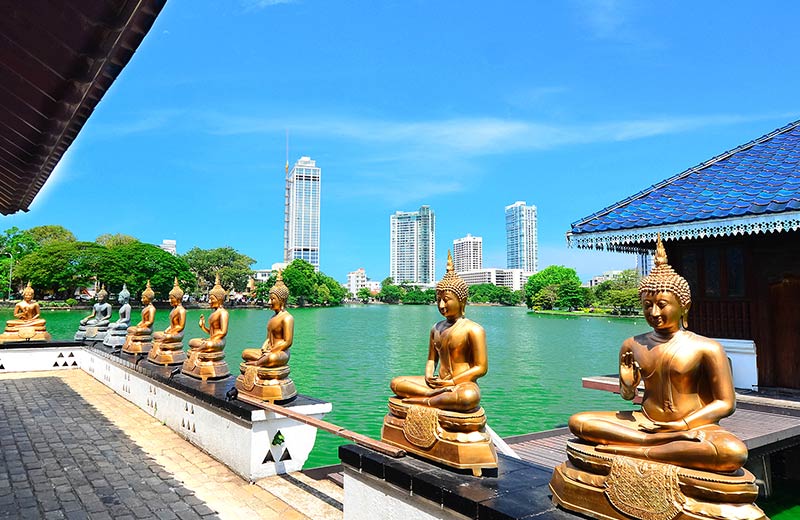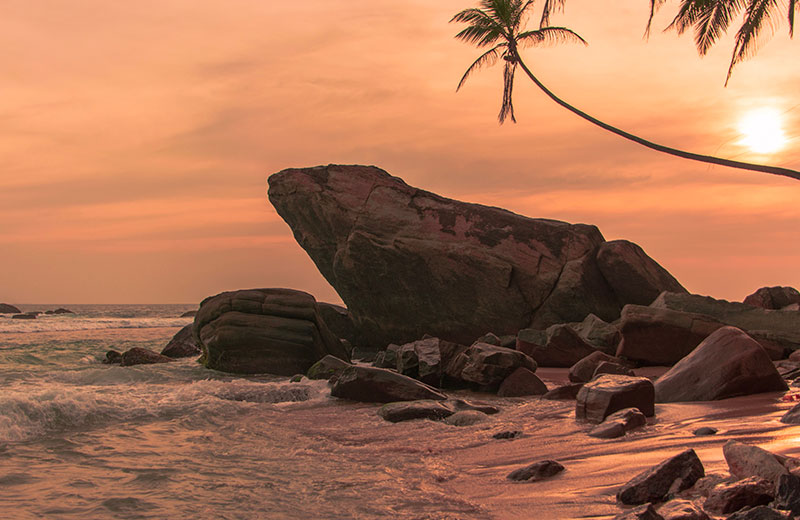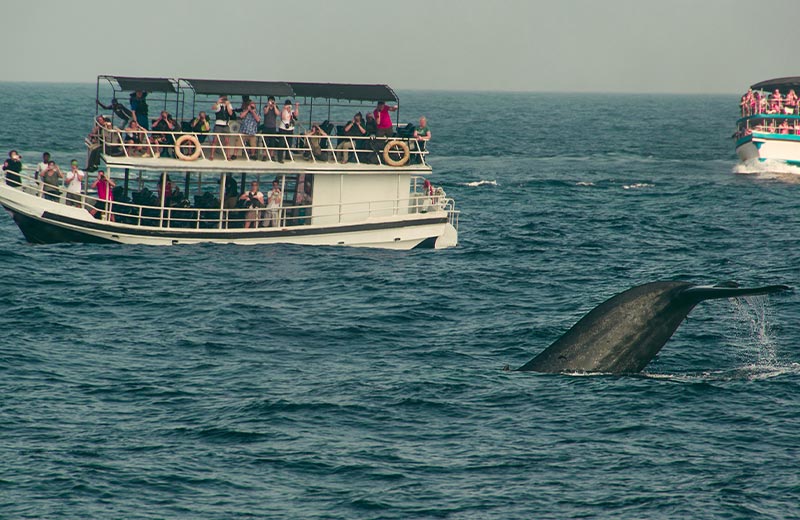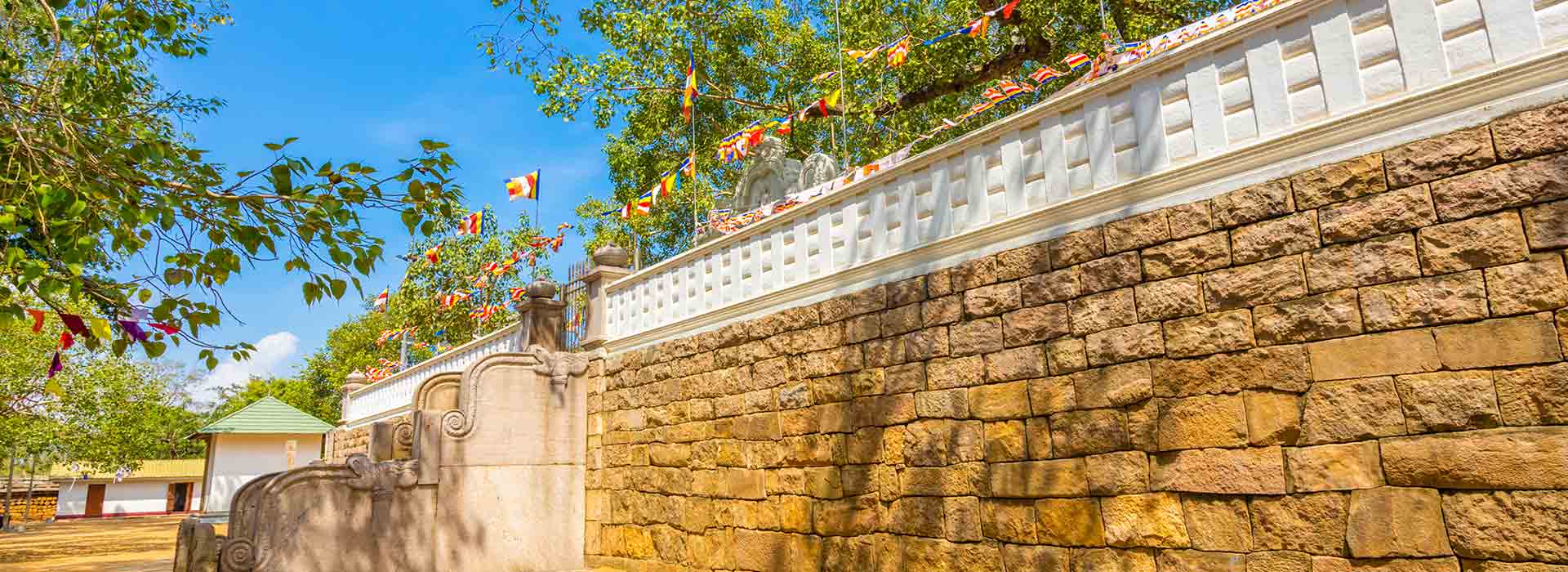Jaya SriMaha Bodhiya
The Sacred City of Anuradhapura, which is believed to have been established in the 4th century BC, was once a proud kingdom. Once the city was abandoned and the capital moved to Polonnaruwa, much of its buildings and religious sites turned into ruins. At its core is the Jaya Sri Maha Bodhiya (sacred fig tree), which holds great religious and cultural significance to Sri Lankans.
The Sacred City is an integral part of Sri Lankan history as it functioned as the capital of the country from 4th century BC to 11th century BC. The four walls enclosing the city cover 26 km, and the city itself covers an area of 663 sq.km. The monastic city is dotted with ruins of its splendorous architecture, some of which serve as the greatest attractions the region has to offer.
A Key Destination for Buddhist Pilgrims
It is believed that the Jaya Sri Maha Bodhiya was planted in 288 BC. The sapling is said to have originated from the holy Bodhi tree in India. Its religious links stem from the belief that Lord Buddha attained enlightenment under the holy Bodhi tree, which makes the Jaya Sri Maha Bodhiya a key destination for devout Buddhist pilgrims.
❂ Useful Tips:
- There is an entrance fee to visit the ancient sites in Anuradhapura.
- The ruins are open to the public from 7.00 am to 5.30 pm.
- You will need to adhere to a dress code to visit all religious sites, including the Sri Maha Bodhiya. The dress code requires you to cover your shoulders and legs.
